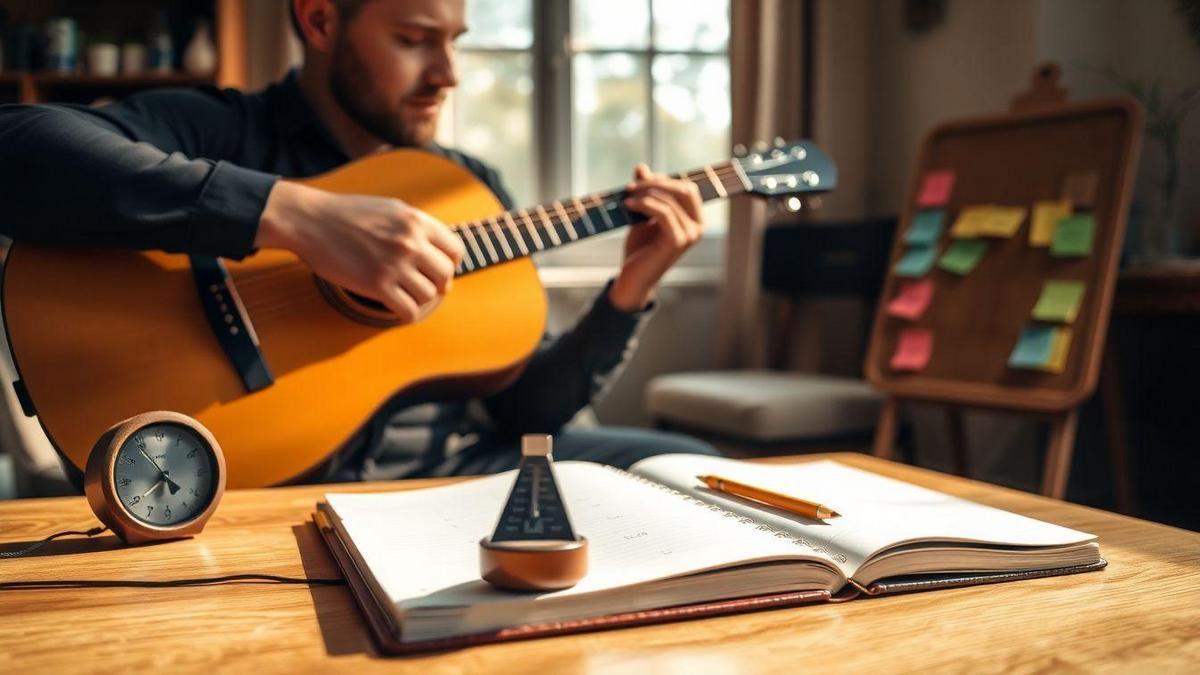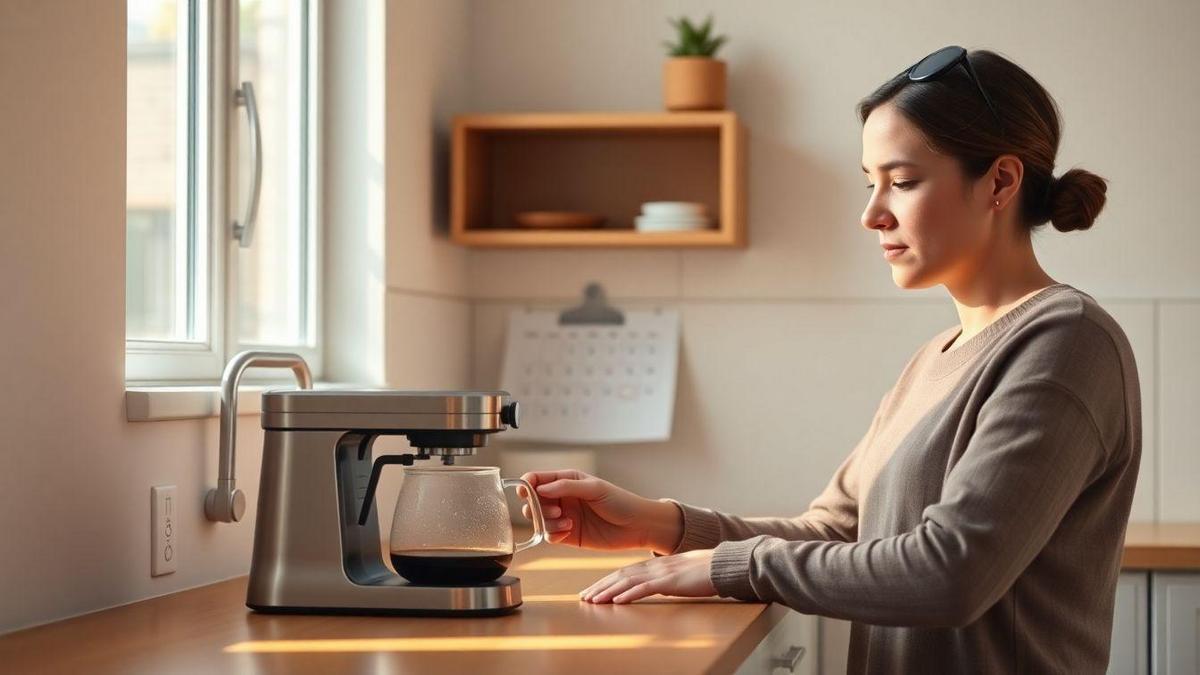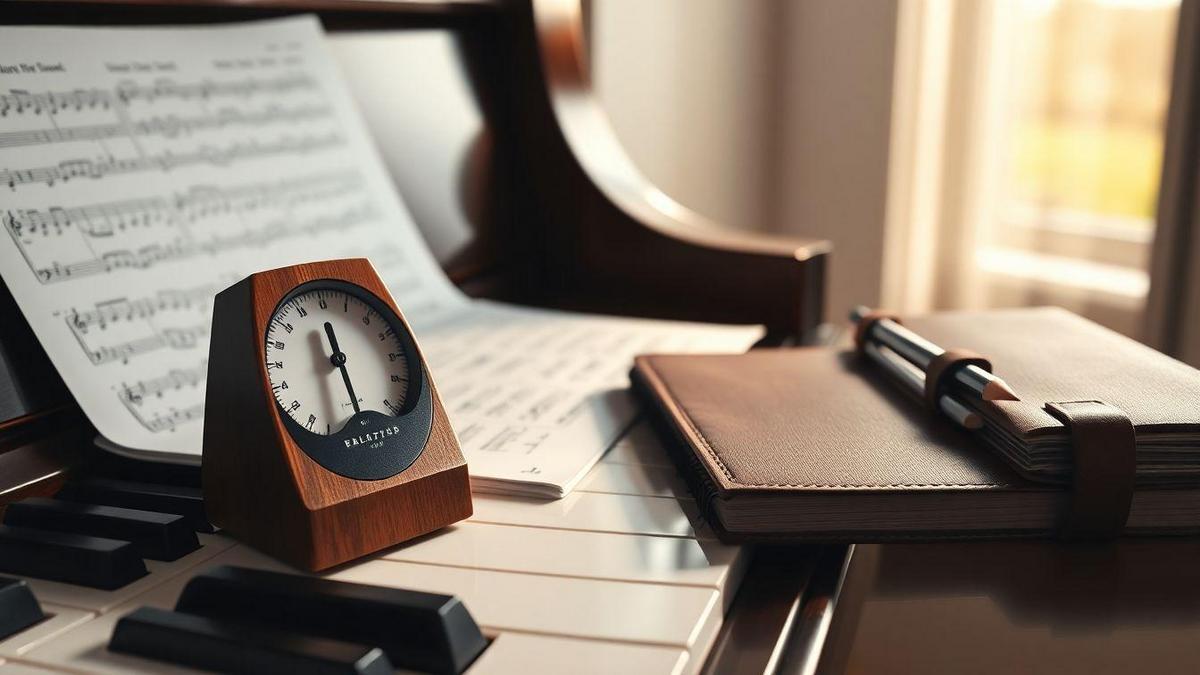What music can teach you about patience and discipline

I learned early on that What music can teach you about patience and discipline isn’t a slogan — it’s a practice. Slow, steady work changed how I learn, perform, and plan. I use deliberate practice routines, micro-goals, rhythmic tools, and honest feedback to turn effort into habit. Below are the practical steps that helped me build patience and discipline through music, and how you can apply them to any skill.
Key takeaways
- Practice a little each day to build a habit.
- Set small, measurable goals (micro-goals).
- Use rhythmic tools and routines to stay consistent.
- Record and review for honest feedback.
- Be patient: steady effort compounds into real progress.

Deliberate practice: the core of patience and discipline
What music can teach you about patience and discipline begins with deliberate practice: focused, repeatable, measurable work on one tiny problem at a time — see research on deliberate practice and expertise.
- Break hard passages into the smallest units (one bar, one hand, one rhythm).
- Slow the section until it’s accurate, then add speed in tiny increments.
- Record a take, listen like an outsider, mark 1–2 issues, and rework them.
Treat practice like a lab: test, note results, adjust. Small wins stack into steady improvement — the same principle behind why consistency beats raw talent.
Micro-goals and rhythmic consistency
Micro-goals keep practice sustainable and precise. Read more on how small wins build steady progress.
- Example micro-goal: Perfect two bars at 60 BPM.
- Warm up 5 minutes with a steady beat.
- Spend 10–15 minutes on the micro-goal at varied tempos.
- Finish by playing the idea at normal speed once.
Use a metronome or a simple clap. The steady pulse trains consistency and calms nerves — a direct lesson in patience and discipline. For tips on locking in short, focused sessions, see the power of just twenty minutes daily.
Build habits with simple routines
Habits make discipline automatic.
Routine template:
- Cue: set a metronome, light a lamp, make tea.
- Routine: 5-minute warm-up → 15 minutes focused study → 10 minutes creative play.
- Reward: note progress and enjoy a short treat.
Schedule practice like an appointment, prepare materials the night before, and protect the time: no screens, no multitasking. Small repeated actions beat willpower alone — practical examples are laid out in simple daily practice routines and in pieces about rituals that help you enter practice mode. For research-backed strategies to make habit changes stick, see strategies to build lasting daily habits.

Focused concentration: short blocks, big returns
I break practice into 20-minute concentration blocks because attention tends to hold and refresh in that window.
How to run a block:
- Set one clear goal (phrase, chord change, rhythm).
- Start a 20-minute timer; remove distractions.
- Take a 5–10 minute break, reflect, repeat.
Short, focused sessions reduce frustration, prevent burnout, and train the brain to return quickly after breaks — a method that pairs well with strategies for staying motivated when progress feels slow.
Feedback-driven improvement
Feedback is a mirror — honest and indispensable.
Daily loop:
- Record a take.
- Listen and mark the most important issues.
- Fix one item at a time with deliberate practice.
- Re-record and compare.
Combine recordings with teacher notes or peer feedback. See best practices for giving effective feedback. Regular review stops drift and keeps progress patient and measurable; you can also learn to turn mistakes into learning opportunities.

Rhythm and timing: how pacing creates patience
Rhythmic consistency trains both technical control and emotional calm.
- Start with a metronome set to a tempo you can play cleanly.
- Clap the beat, count out loud, then play.
- Slow difficult passages to half speed; do ten clean reps before nudging tempo.
This stepwise approach protects accuracy and builds trust: your hands learn the map, and your mind learns to wait. For grounding exercises and basics of timing, pairing this with simple theory like scales explained in plain English or musical intervals made simple helps reinforce what you hear.

Improvisation with limits: freedom inside structure
Improvisation trains creativity while reinforcing discipline when it’s guided by rules.
- Set simple limits: a scale, a chord, a mood, tempo, or only three notes for a session.
- Improvise for five minutes within that fence. Record and keep the ideas that work.
- Repeat a risky idea five times in different spots; record and evaluate.
Guided improvisation (backing tracks, call-and-response, metronome) moves risk into practice and builds confident, disciplined habits — see improvisation made simple and tips for writing your first melody without overthinking to get started.

Composing as project training
Composing teaches planning, deadlines, and steady revision — skills that apply beyond music.
- Break a piece into sections (intro, theme, development, bridge, ending).
- Assign deadlines and block daily writing sessions (25–45 minutes).
- Record demos, revise by focusing on one goal per session, and keep a revision log.
This workflow makes large projects manageable and models how patience plus structure leads to finished work. If you struggle with larger creative blocks, the methods in how to break creative blocks in music can help.

Performing: resilience through exposure
Performing turns practice into experience and strengthens resilience.
Preparation:
- Warm up (scales, breathing, stretches).
- Do a full mock performance and record it.
- Use mental run-throughs and grounding breaths before you start.
Regular performance practice teaches you to recover from mistakes, accept gradual improvement, and show up — the truest expressions of discipline. For practical, evidence-based guidance on managing nerves and building resilience, see tips to manage performance anxiety and nerves. Afterwards, wait 24 hours, then listen to recordings: pick three things to keep and three to improve. Regular performance practice teaches you to recover from mistakes, accept gradual improvement, and show up — the truest expressions of discipline. For confidence-building techniques and group playing, see how music can boost your confidence today and the joy of playing with other people.

Practical checklist to start today
- Pick one micro-goal for tomorrow’s 20-minute block.
- Set a fixed cue and a short routine (warm-up → focused work → play).
- Turn on Do Not Disturb and use a timer.
- Record one short take and mark one thing to fix next session.
- Repeat the cycle daily for two weeks.
Each step answers the question: What music can teach you about patience and discipline — namely, that small, repeatable actions compound into real skill. If procrastination is your obstacle, practical steps in how to stop procrastinating on music practice will help you start.
Conclusion
What music can teach you about patience and discipline is clear and actionable: organize practice into tiny goals, use rhythm and feedback as anchors, and turn small daily choices into durable habits. Patience isn’t waiting aimlessly; it’s a plan. Discipline isn’t force; it’s a routine. Music taught me to slow down, return after mistakes, and trust the long arc of steady work. Small wins stacked over time become lasting change.
If this resonated, read more at https://clickneutro.com.
